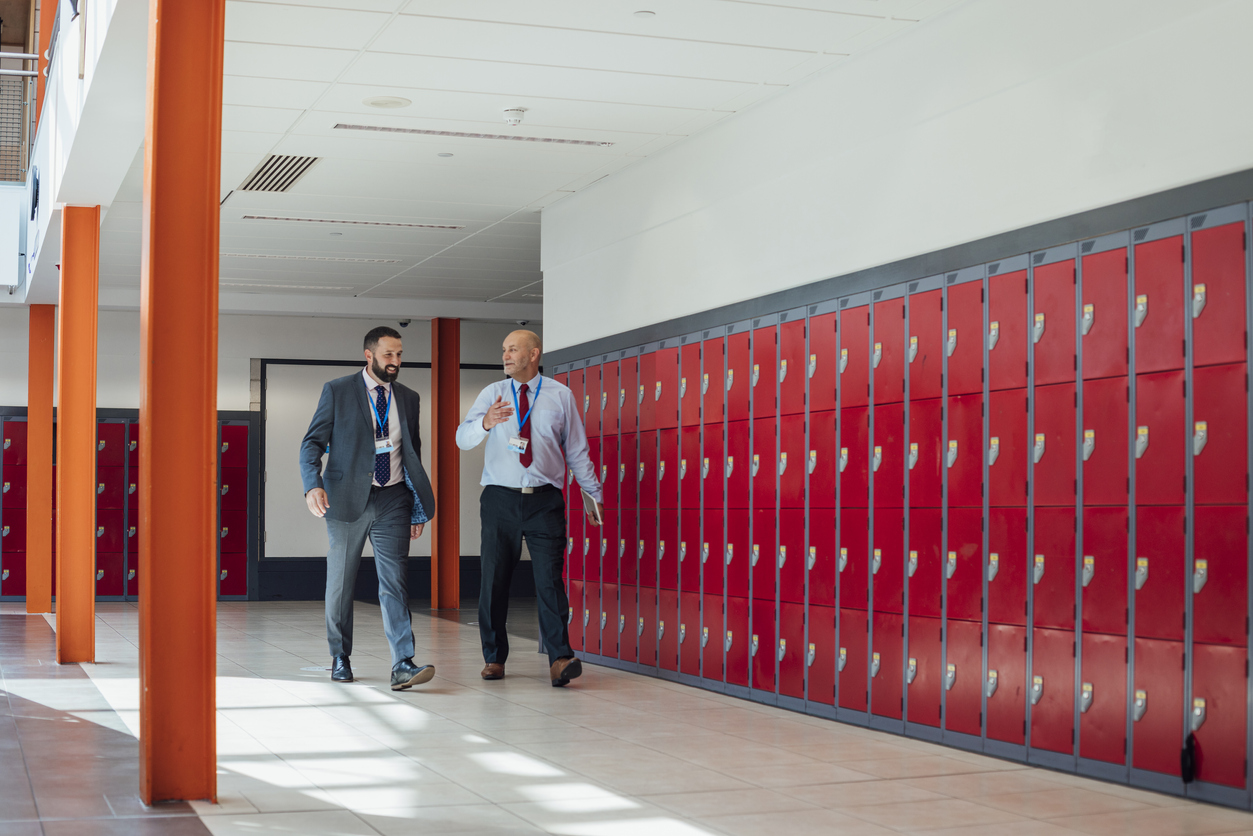You could show the short film featured in these lessons as part of a staff briefing on what students will be learning. You may also choose to inform parents and carers in advance - further advice on this is provided throughout this guidance (see supporting schools and parents section). For adults, the advice is slightly different from the message given to young people, as adults are encouraged to take charge in the situation.
Make sure you and your colleagues are familiar with the school’s safeguarding policy. Although these lessons are not affiliated with the Prevent strategy, it may also be helpful to reference the school’s Prevent duty before teaching these lessons, or to see the NaCTSO guidance for educational professionals, found here.
In line with best practice, the lessons and resources have been carefully designed to minimise feelings of fear, shock or guilt while learning about this potentially upsetting topic. Use a reassuring approach and avoid ‘worst case scenario’ thinking. Neither the film nor the lesson plans place any focus on the perpetrators of the attack. They are never seen or discussed directly, as the motivation behind the attack is irrelevant to the lesson and the safety message. The focus is not violent extremism, or radicalisation. The RUN HIDE TELL message is relevant in any knife or gun attack, irrespective of who the attacker is or what their motivation for the attack might be.
RUN HIDE TELL for adults
Make sure you are familiar with the RUN HIDE TELL guidance for adults before the lesson. For adults, the following provisions should be emphasised in RUN, HIDE, TELL: take others with you and prevent others from accessing the area.
The three RUN HIDE TELL steps break down into this more detailed advice for adults:
RUN | HIDE | TELL |
|---|---|---|
| Escape if you can. If there is a safe route, RUN, if not hide. Insist others go with you. Don’t let them slow you down. Leave belongings behind. | If you can’t run, HIDE. Find cover from gunfire. Be aware of your exits. Try not to get trapped. Be quiet, silence your phone. Lock/barricade yourself in. Move away from the door. | Call 999 when you are safe. Location; Where are the suspects? Direction; Where did you last see the suspects? Descriptions; Numbers, features, weapons etc. Further information; Casualties, type of injury, building information, entrances, exits etc. Can you safely stop others from entering the area? |
School staff should be aware of the message as it relates to adults for their own safety, especially when they might be in a position of responsibility with students (for example on school trips). However, it is equally important that only the young people’s version of this messaging, as presented in these lesson plans and the ACT for YOUTH campaign, is conveyed to students.

Creating a safe learning environment
A safe learning environment is important in any PSHE education lesson, but especially for these lessons. A safe learning environment helps students feel comfortable with sharing their ideas and opinions without attracting negative feedback, and will help teachers to manage discussions on this sensitive issue confidently. It is good practice for teachers to:
- Work with pupils to establish ground rules for discussion, such as;
- Everyone has the right to be heard and respected
- We will use language that won’t offend, stereotype or upset anyone
- We won’t judge or make assumptions about anyone
- We will comment on what was said, not the person who said it
- We won’t share our own, or our friends’, personal experiences
- We won’t put anyone on the spot and we have the right to pass
-
Avoid any attempt to induce shock, fear or guilt, as this is counterproductive. When experienced in a safe setting (in this case a classroom), shocking images, stories or video content can become exciting (in a similar way to watching a horror film or riding a rollercoaster) and this excitement response can block the desired learning. For anyone who has previously been affected by something similar, fear-based approaches can re-traumatise them or block the message as it is too close for comfort, again preventing the intended learning. It also presents a scenario which is more likely to make young people think ‘that won’t ever happen to me’ rather than the desired ‘that could be me’ response.
-
Distance and de-personalise the learning from the students to discourage personal disclosures in the classroom and to keep the learning environment safe. The film used in these lessons (The story of Nur, Edih and Llet) supports this by presenting students with fictional characters, allowing them to consider the context of a knife or gun attack objectively without asking them to imagine they were in this situation themselves, which should be avoided (see above).
-
Make boxes/envelopes available for anonymous questions or concerns, to avoid students having to voice them in front of the class, and make it accessible both in and after the lesson. To ensure that young people do not feel self-conscious about being seen to be writing a question, you can ask all students to write something: either a question or ‘no question’ if taking anonymous questions during the lesson. Set aside some time in future lessons to respond to the questions raised.
-
Make students aware of sources of support and reporting mechanisms, both inside and outside school (see ‘Signposting support’).
